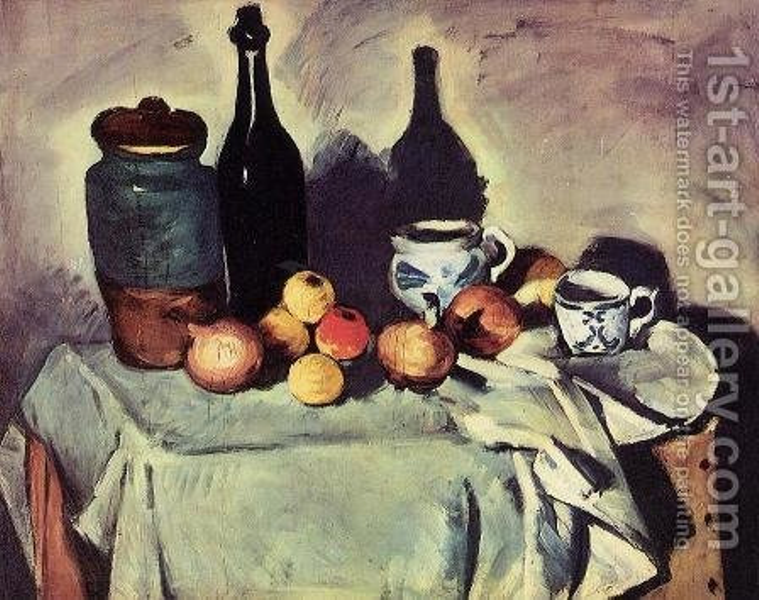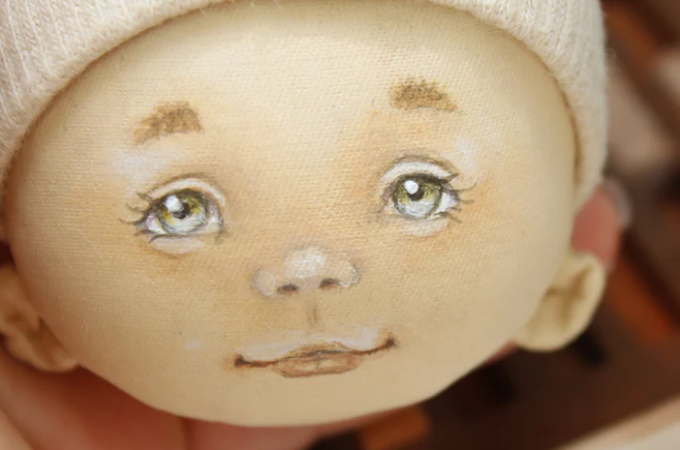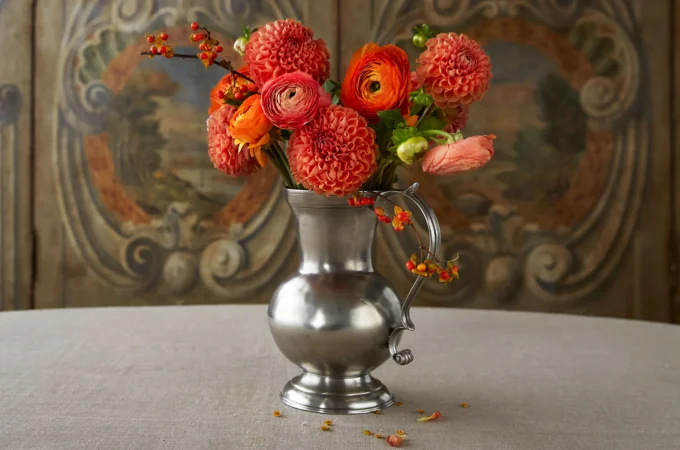
What Is Post-Impressionist Art?
Post-Impressionism is a 19th-century French art movement that aimed to address the limitations inherent in Impressionism. Oil painting reproductions went through an incarnation by young painters like Paul Gauguin, Georges Seurat, Paul Cézanne, and Vincent van Gogh, who were at the forefront of this movement.
Post-Impressionist art endeavored to seek new artistic styles, which allowed them to paint more deeply and symbolically. Emotions were paid more heed rather than bringing out the simple “impression” of the subject. These classic oil paintings embodied abstraction and emblematic by interlinking colors with shapes and forms.
Let us traverse through some of the great masterpieces of the Post-Impressionism era to understand the movement more acutely:
The Starry Night by Vincent Van Gogh

You cannot initiate a discussion on Post-Impressionism without mentioning the exceptional “The Starry Night.” Created in 1889 by the Dutch painter Vincent Van Gogh, this painting is a testament to his struggles with mental health as he returned to incorporating darker shades into his artwork.
Swirls of blue, accompanied by a cipher moon and a bright Venus, fabricates a night full of stars. Van Gogh drew inspiration from the view outside his window at the Saint-Paul-de-Mausole asylum in Saint-Rémy, France. The picturesque village painted golden, grey, and blue seems to blend with the hills and sky seamlessly.
The cypress tree symbolized the idea of death and mourning while also representing hope. The tree reaches the sky, depicting that it’s only through death that we get the light of the stars.
The Vision after the Sermon by Paul Gauguin

Painted around 1888, “The Vision after the Sermon” illustrates a vision known as “Jacob Wrestling with the Angel.” On the bloody red ground representing the river Jabbok, Jacob is fighting with a mysterious angel. The symbolic struggle is with the conscience of Jacob as the angel helps him find the path to repentance and truth.
The foreground is surrounded by women dressed in their regional Bretton attire as they observe the transpiring event. Gauguin chose to paint this scuffle with bold colors and simple, effortless brushstrokes. The abandonment of perspective and the choice of uncomplicated, flat silhouettes mark the importance of connotation rather than details. This oil drawing served in taking Gauguin to exceptional heights in his career.
The Circus by Georges Seurat

Painting in 1891, “The Circus” depicts the entertaining and lively nightlife of the city of Paris. A female performer dances on a white horse, a clown in a stark red costume at the forefront. And there is a ringmaster in the background. A horde of spectators is sitting on the seats, reveling in the drama.
The painting, through its audience, also represents class division. The wealthy occupy the front row seats while the poor class is sitting in the farthest row of the gallery. The tiny dabs of colors adjacent to each other also constitute the Neo-Impressionist characteristic style of Divisionism.
Three primary colors: blue, red, and yellow, painted with pointillism dots, create a sense of harmony and rhythm. Unfortunately, Seurat met his demise before he could finish this artwork. Nonetheless, the painting reached its pinnacle and was exhibited in the 7th Salon des Independents.
The Dream by Henri Rousseau

Inspired by the idea of Primitivism, Henri Rousseau created this classic oil painting in 1910. Rousseau always propagated that his teacher was no one but the vitality of nature. To fashion an aesthetic vibe of the primitive times, Rousseau illustrates a nude woman surrounded by a lush jungle. The woman is reclining on her couch in the comforts of her Parisian home. She imagines the exotic wilderness around her.
The painting is the product of Rousseau’s subconscious as he never left his hometown, Paris. Nevertheless, the artist could replicate the intricate details with all its diversities and natural composition. The oil canvas focuses on surreal proffering and disregards the obsession with realistic depictions.
The Card Players by Paul Cézanne

This oil painting is the creation of French Post-Impressionist, Paul Cézanne in the mid-1890s. Cézanne is popularly renowned as the initiator of Cubism and the forefather of Fauvism. “The Card Players” has two Provencal workmen deeply immersed in their game of cards.
Their expressions are stoic, and their postures are rigid, but the pensiveness in their faces is very conspicuous. The bottle at the center accentuates the competitiveness of the players and divides them into two opposite sides. The right player is peasant Cézanne while smoking a pipe is believed to be “père Alexandre.”
Conclusion
These oil masterpieces changed the demeanor of Impressionist art and gave it a new configuration. Many of these oil painting reproductions are at the 1st Art Gallery, which is the world’s largest supplier of hand-painted portraits and Made-to-Order oil paintings! So, descend into the haven of Impressionism and let the masterpieces take you to an old-fashioned time!




